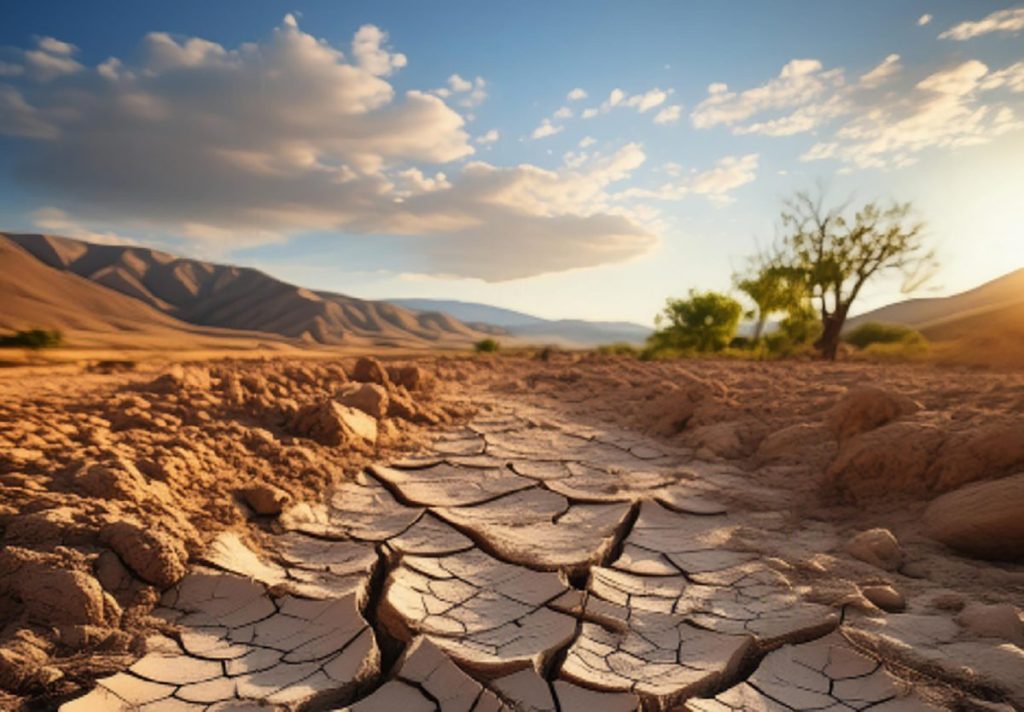By Lori Lee
NDG Contributing Writer
The increasing frequency and intensity of storms over recent years has meant higher costs for insurance companies. As rates increase, a growing number of Americans are finding themselves without coverage, some finding it difficult to even find companies that will insure them. The growing crisis means people who have put a lifetime of work into their homes will lose them, never able to rebuild.
The Consumer Federation of America recently estimated 6.1 million American homeowners lack insurance, a number that is expected to spike as the climate crisis intensifies.And added costs will fall on the backs of homeowners and renters alike, as landlords pass these costs onto tenants.

Seeking to understand what was driving the variations, researchers examined claim frequency and average cost, finding catastrophic claims have been weighing heavily on the shoulders of insurance companies. Natural hazards, like hurricanes, hail, windstorms, and wildfires, were particularly costly, as events that affect high numbers of homes, Kilgore said.
The data demonstrates that regions prone to flooding and wildfires, like Florida and California, tend to have higher insurance rates than those with less severe weather. Louisiana, Mississippi, Oklahoma, and Texas also showed rate increases, she said.
As climate financial strategist Jordan Haedtler and former congressional aide on the House Financial Services Committee explained, climate is emerging as a threat to financial stability.
Haedtler, who helped oversee development of a climate risk supervision framework for federal banking, said the phenomenon surrounding the climate threat echoes the financial crisis of 2008. Much like the mortgage backed securities that sparked the crisis then, insurance costs can be a major channel for spreading risk throughout the financial system, with major implications for the entire economy. Citing exaggerated financial health of emerging small insurers in Florida, Haedtler warns the public could end up on the hook for mortgages that will be underwater in the near term.
Treasury Secretary Janet Yellen recently noted a protection gap, meaning more and more people lack enough insurance to meet the rising cost of claims. This means homeowners, businesses and renters will face rebuilding costs they can’t afford, said Haedtler, and with no choice but to walk away from their mortgages, costs will spill over into the banking sector, affecting the overall economy.
Earlier this year, Federal Reserve Chair Jay Powell confirmed insurance rates, which are driving up housing costs, is a major reason inflation remains above the Fed’s target.
And last year, the Federal Insurance Office reported gaps in regulation across states that are preventing the gauging of capacity for companies to pay claims. As payouts have increased, said Haedtler, big insurance companies have reacted with higher rates, underpayment of claims, and the withdrawing from climate vulnerable regions altogether.
Housing and mortgage markets are hurting, he said, and the system is in need of reform. Insurance risk formulas need to be updated to consider climate risk, and the national flood program needs reform.
Associate Vice President for Economics and Policy at Environmental Defense Fund, Carolyn Kousky points out, when an insurance system is healthy, communities able to maintain insurance have positive economic spillovers. They can rebuild more quickly, and studies show these communities receive more visits to businesses after a storm.
When disaster insurance fails, communities suffer, especially where affordability is a problem. High rates and limits on coverage create barriers, making costs especially painful in these communities.
The increasing rainfall and temperatures associated with climate change are making it impossible for companies to offer coverage that people can afford, said Kousky. This is breaking down markets with high climate risk and leading to the bankruptcy of insurance companies.
Risks can only be stabilized through transformative investments to adapt to a changing climate, Kousky explains. This means wise building and land construction of stronger homes to withstand wind and wildfires. Individuals can upgrade roofs to a fortified standard and use fire resistant materials to create defensible space, she said.
Cities should be adapting land use to a changing climate, while revising codes to reduce increased risks of fire and flood, added California insurance commissioner Ricardo Lara. Rules written in the age of paper and pay phones don’t account for the situation we’re now living in, he said. Considering sea level rise, Lara asked, why are we still building on the coast?
We need to strengthen our defenses against natural forces, including public wetlands and urban forests. This may mean communities have to come together to insure wetlands so they can restore them quickly after a disaster. It is much less expensive to prevent damage than to rebuild, Lara said.




